TLDR Bimatoprost effectively enhances eyelash growth but may not work for all eyelash loss conditions.
Bimatoprost 0.03% solution, marketed as Latisse, was approved by the FDA for treating eyelash hypotrichosis by increasing eyelash length, thickness, and darkness. It worked by stimulating the transition of hair follicles from the resting (telogen) phase to the growing (anagen) phase and potentially prolonging the anagen phase. While effective for enhancing healthy eyelash growth, its efficacy in cases of eyelash alopecia areata was uncertain, and its protective effects in eyelash loss due to radiation or chemotherapy were not studied. Bimatoprost was generally safe with minimal side effects when applied to the eyelash base, but potential ocular or systemic side effects could occur if applied to the eye surface, necessitating patient monitoring.
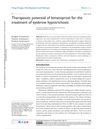 34 citations
,
February 2018 in “Drug Design Development and Therapy”
34 citations
,
February 2018 in “Drug Design Development and Therapy” Bimatoprost is safe and effective for improving eyebrow hair.
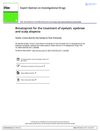 38 citations
,
March 2017 in “Expert Opinion on Investigational Drugs”
38 citations
,
March 2017 in “Expert Opinion on Investigational Drugs” Bimatoprost is promising for treating some types of hair loss but needs more testing for androgenetic alopecia.
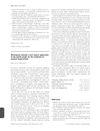 2 citations
,
February 2016 in “British Journal of Dermatology”
2 citations
,
February 2016 in “British Journal of Dermatology” Bimatoprost solution 0.03% is effective for treating sparse eyelashes.
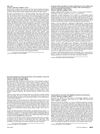 March 2012 in “Journal of The American Academy of Dermatology”
March 2012 in “Journal of The American Academy of Dermatology” Latisse is safe and effective for long-term eyelash growth in people with thin eyelashes from chemotherapy or unknown causes.
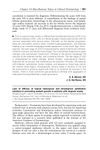 January 2010 in “Yearbook of Dermatology and Dermatologic Surgery”
January 2010 in “Yearbook of Dermatology and Dermatologic Surgery” Topical latanoprost and bimatoprost ophthalmic solutions don't help eyelash growth in patients with alopecia areata.
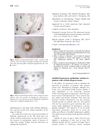 30 citations
,
August 2009 in “Journal of the American Academy of Dermatology”
30 citations
,
August 2009 in “Journal of the American Academy of Dermatology” Bimatoprost is safe but not effective for severe eyelash loss from alopecia areata, possibly helping those with less loss.
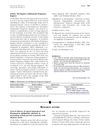 55 citations
,
March 2009 in “Journal of The American Academy of Dermatology”
55 citations
,
March 2009 in “Journal of The American Academy of Dermatology” Topical latanoprost and bimatoprost eye solutions don't help eyelash growth in people with alopecia areata.






